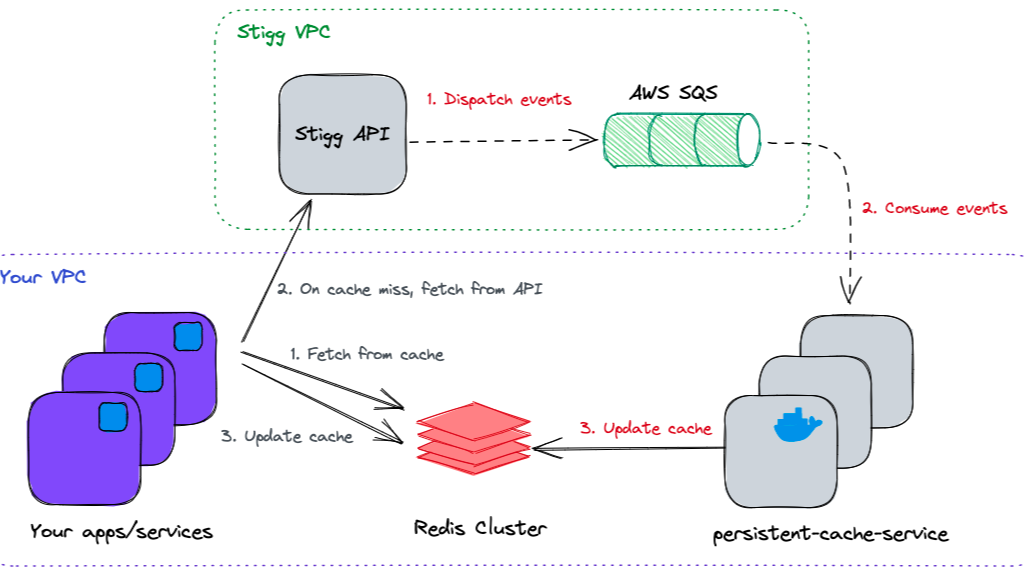
Redis Persistence in Microservices Architecture
David Shergilashvili
Head of Software Development Unit at TeraBank | ?? T-Shaped .NET Solution Architecture
Understanding Redis Persistence at the Core Level
Redis persistence mechanisms form the backbone of data durability in modern distributed systems. This technical guide delves deep into the internals of Redis persistence, focusing on implementation details and architectural considerations for microservices environments.
Core Persistence Mechanisms
RDB (Redis Database): Internal Architecture
RDB persistence operates at the binary level, creating point-in-time snapshots through a sophisticated process:
Memory Management and Fork Process
Parent Process (Redis Server) Child Process (Snapshot Creator)
| |
|-- fork() -------------→ |
| |
|-- Continue serving Write snapshot to disk
requests using copy-on-write
| |
|←- Exit signal ----------------←|
Page Table Management During Fork
Virtual Memory Pages (Before fork)
[Page 1][Page 2][Page 3]...[Page N]
↓
After fork (Copy-on-Write)
Parent: [P1*][P2][P3*]...[PN]
Child: [P1*][P2][P3*]...[PN]
* Shared pages until modification
AOF (Append Only File): Technical Deep Dive
AOF implements a write-ahead logging mechanism with sophisticated buffering:
Write Pipeline Architecture
Command Reception → Command Execution → AOF Buffer → Operating System Buffer → Disk
↓ ↓ ↓ ↓ ↓
Protocol Parsing Data Modification Command Logging fsync() Physical Write
Internal Buffer Management
AOF Buffer Structure:
[Command Length][Command Type][Arguments][Timestamp]
↓
OS Page Cache Layer:
[Page 1][Page 2][Page 3]...[Page N]
↓
Physical Disk Blocks
Advanced Configuration Strategies
Critical Systems Configuration
# Performance-optimized persistence configuration
appendonly yes
appendfsync everysec
no-appendfsync-on-rewrite no
auto-aof-rewrite-percentage 100
auto-aof-rewrite-min-size 64mb
# Memory optimization
maxmemory 8gb
maxmemory-policy volatile-lru
maxmemory-samples 10
# Snapshotting configuration
save 900 1
save 300 10
save 60 10000
Memory Management Deep Dive
Redis memory management involves several critical components:
Memory Allocator Behavior
┌────────────────────────────┐
│ Redis Memory Layout │
├────────────────────────────┤
│ Reserved Memory (1-5%) │
├────────────────────────────┤
│ Application Data │
├────────────────────────────┤
│ Memory Fragmentation │
├────────────────────────────┤
│ AOF/RDB Buffers │
└────────────────────────────┘
Advanced Replication Architecture
Master-Replica Synchronization Process
Master Replica
│ │
│←─── PSYNC Request ───────── │
│ │
│─── RDB Transfer ──────────→ │
│ │
│─── Command Stream ────────→│
│ (Incremental) │
Performance Optimization Techniques
Write Operation Optimization
Redis write operations follow a specific pipeline that can be optimized:
Write Operation Flow
Client Request
↓
Command Queue
↓
Command Execution
↓
AOF Buffer (if enabled)
↓
Memory Dataset Update
↓
Replica Propagation (if configured)
Memory Pattern Optimization
Understanding memory patterns is crucial for optimization:
Memory Access Patterns
Key Space Layout:
[Hash Table]
↓
[Key Pointers] → [Values]
↓
[Expires Hash Table]
Monitoring and Diagnostics
Critical Metrics for Production
Key metrics to monitor in production environments:
Performance Metrics
1. Memory Metrics
- used_memory
- used_memory_rss
- mem_fragmentation_ratio
2. Persistence Metrics
- rdb_last_save_time
- aof_current_size
- aof_buffer_length
3. Operation Metrics
- instantaneous_ops_per_sec
- latest_fork_usec
Advanced Diagnostic Commands
Essential commands for system analysis:
# Memory analysis
MEMORY DOCTOR
MEMORY PURGE
MEMORY MALLOC-STATS
# AOF analysis
ROLE
CONFIG GET appendonly
CONFIG GET appendfsync
High Availability Implementation
Sentinel Configuration for High Availability
# Sentinel configuration
sentinel monitor mymaster 127.0.0.1 6379 2
sentinel down-after-milliseconds mymaster 5000
sentinel parallel-syncs mymaster 1
sentinel failover-timeout mymaster 180000
# Advanced failover configuration
sentinel notification-script mymaster /var/redis/notify.sh
sentinel client-reconfig-script mymaster /var/redis/reconfig.sh
Production Deployment Strategies
Container Orchestration Integration
Docker Configuration Example
version: '3.8'
services:
redis:
image: redis:6.2
volumes:
- redis-data:/data
command: redis-server /usr/local/etc/redis/redis.conf
deploy:
resources:
limits:
memory: 8G
reservations:
memory: 4G
Backup and Recovery Procedures
Implementing robust backup strategies:
Automated Backup Script
#!/bin/bash
REDIS_PORT=6379
BACKUP_DIR="/var/redis/backups"
TIMESTAMP=$(date +%Y%m%d_%H%M%S)
# Create RDB backup
redis-cli -p $REDIS_PORT BGSAVE
# Wait for completion
while [ "$(redis-cli -p $REDIS_PORT INFO Persistence | grep rdb_bgsave_in_progress | cut -d':' -f2 | tr -d '\r\n')" = "1" ]; do
sleep 1
done
# Copy backup file
cp /var/redis/dump.rdb $BACKUP_DIR/dump_$TIMESTAMP.rdb
Best Practices and Recommendations
Performance Optimization Guidelines
Conclusion
Effective Redis persistence implementation requires:
Success in Redis persistence management comes from:
This knowledge allows for building robust, performant, and reliable microservices architectures with Redis as a critical component.